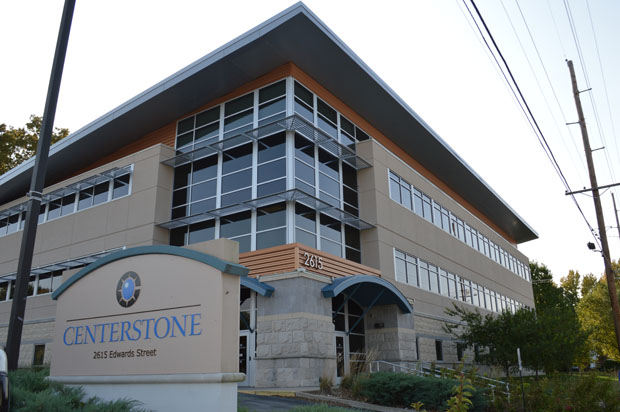Home / Health & Wellness Articles / Mental Health /
Understanding and Knowing the Signs of Codependency

What is codependency?
Codependency involves an unhealthy relationship in which one or more parties is emotionally and behaviorally entangled with another, often centered around a self-destructive behavior. “Often times someone who is acting out in codependency will place the well-being and desires of another person before their own, even though it is often to their detriment,” says Hope Peer, Therapist and Substance Use Disorder Team Leader at Centerstone. “Codependency can happen as a result of low self-esteem, a constant need to feel validated or approved of, fear of abandonment, and unsafe attachments,” she adds.
How to know if you’re codependent
A person who is codependent may engage in people pleasing. Some common experiences among those who are codependent can include feeling taken advantage of or underappreciated, engaging in atypical behaviors to support another person, or feeling overly responsible for the well-being of another person.
How to recognize codependent behaviors in someone else
“A person who is codependent may fall victim to manipulation, but they themselves will often engage in manipulative behaviors,” adds Peer. They may lie to make a situation look better than it is, to protect their loved one from consequences, or use manipulation to control a situation to receive the validation they are seeking. When they feel that they are not heard, they may lash out or be overly passive, by not standing up for themselves. Being aware of these behaviors can help friends and family avoid potential enabling.
How to avoid enabling codependent behavior?
It is important to note the difference between enabling and helping. It can be a hard line to define but ultimately, enabling minimizes the significance of the destructive behaviors, which ultimately encourages the person to continue.
However, supporting involves validating the reasons behind someone’s codependency while giving space for accountability and changed behavior. It’s important to recognize that the person who is codependent is trying to fulfill a need and we can remind them that there are healthier ways to do so.
What does codependency look like in different relationship dynamics?
Romantic: A codependent romantic relationship can often involve unhealthy dynamics such as addiction, or abuse, where the codependent partner feels validated by being needed by their partner. They can often experience fears of the relationship ending, being abandoned, or being disliked, and they may go to great lengths to keep the other person happy.
Familial: Families may ignore certain behaviors or deny the severity of problems in an effort to not upset another family member or protect them from natural consequences.
Platonic: Codependentfriends may struggle to set boundaries or may often feel guilty for doing so. The emotional state of the codependent person is typically dictated by the person with whom they are codependent. They may say things like “I’m only ok if they’re ok.”
How can therapy help break codependent behaviors?
It is important for us all to achieve self-acceptance, self-love, and the knowledge that we are worthy without validation from others. Therapy can address underlying codependency behaviors like low self-esteem or trauma, and Centerstone’s trained therapists can help.
Visit our counseling services page or call us at 1-877-HOPE123 (1-877-467-3123) today to find a therapist who is right for you.
